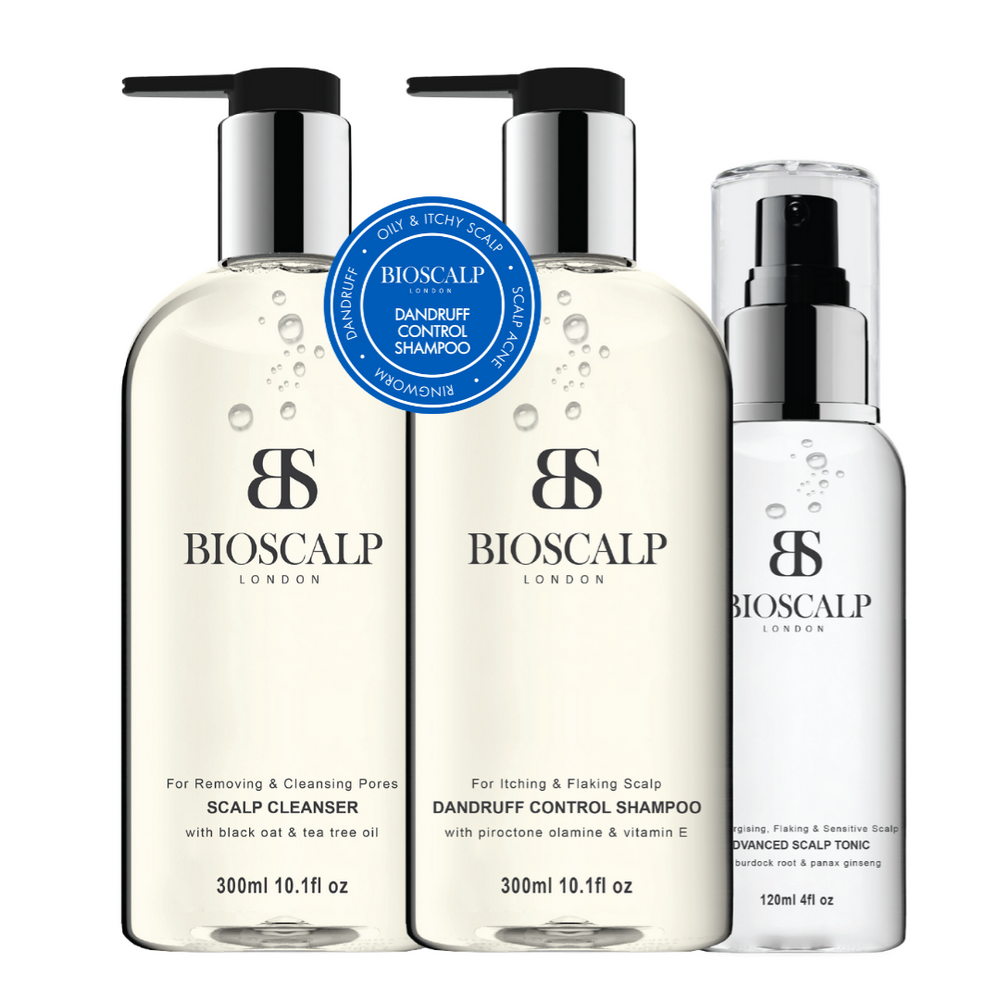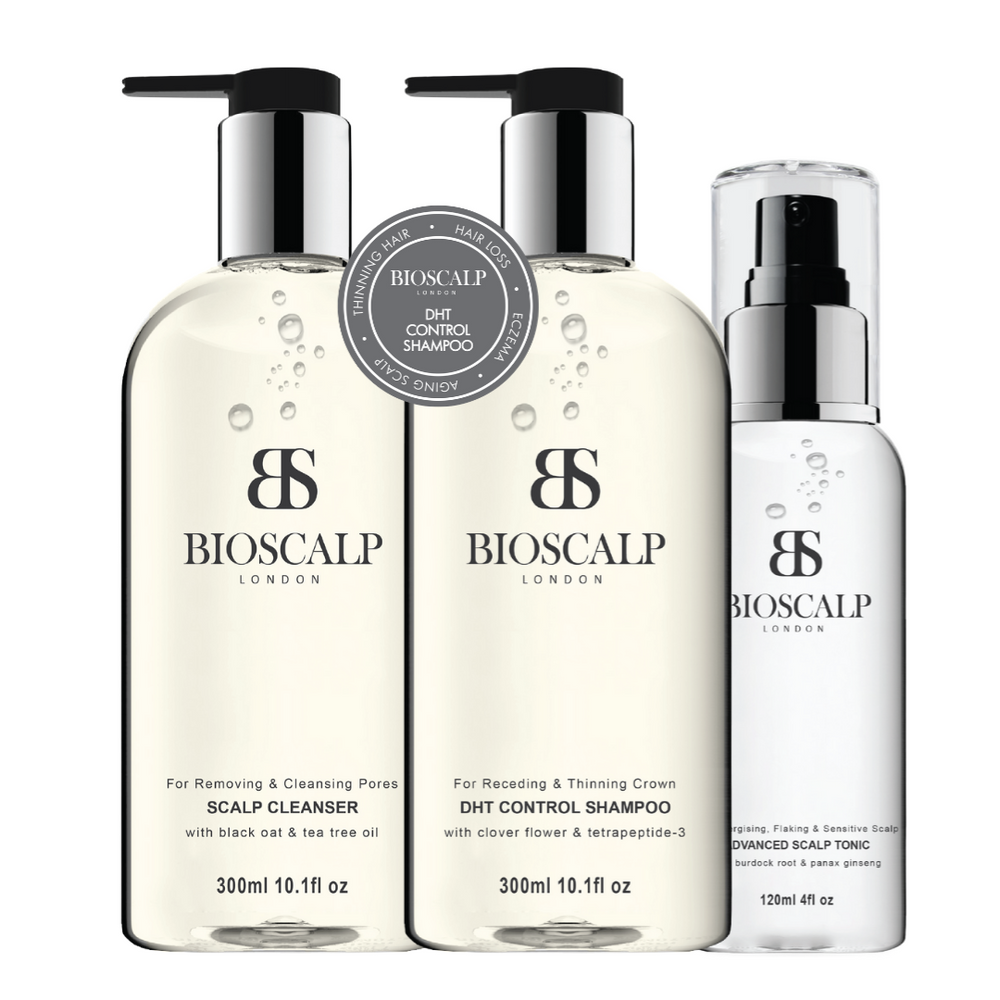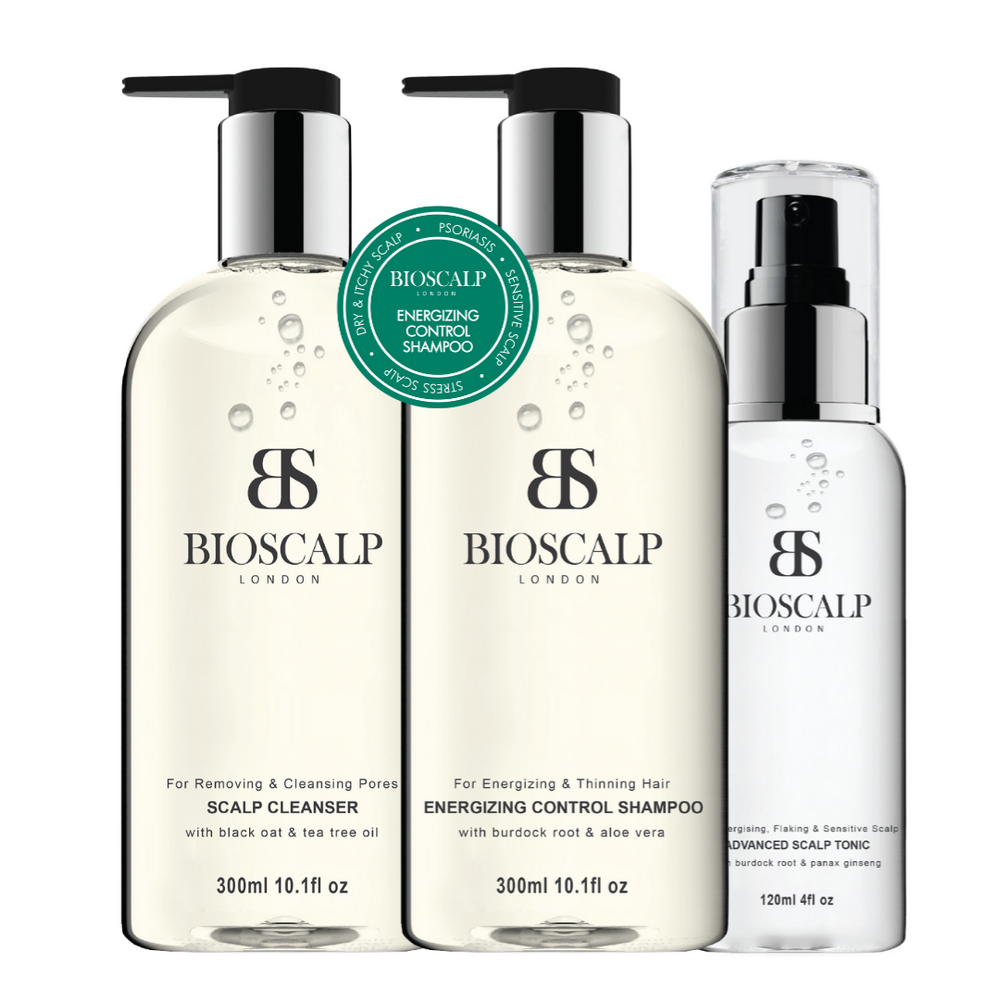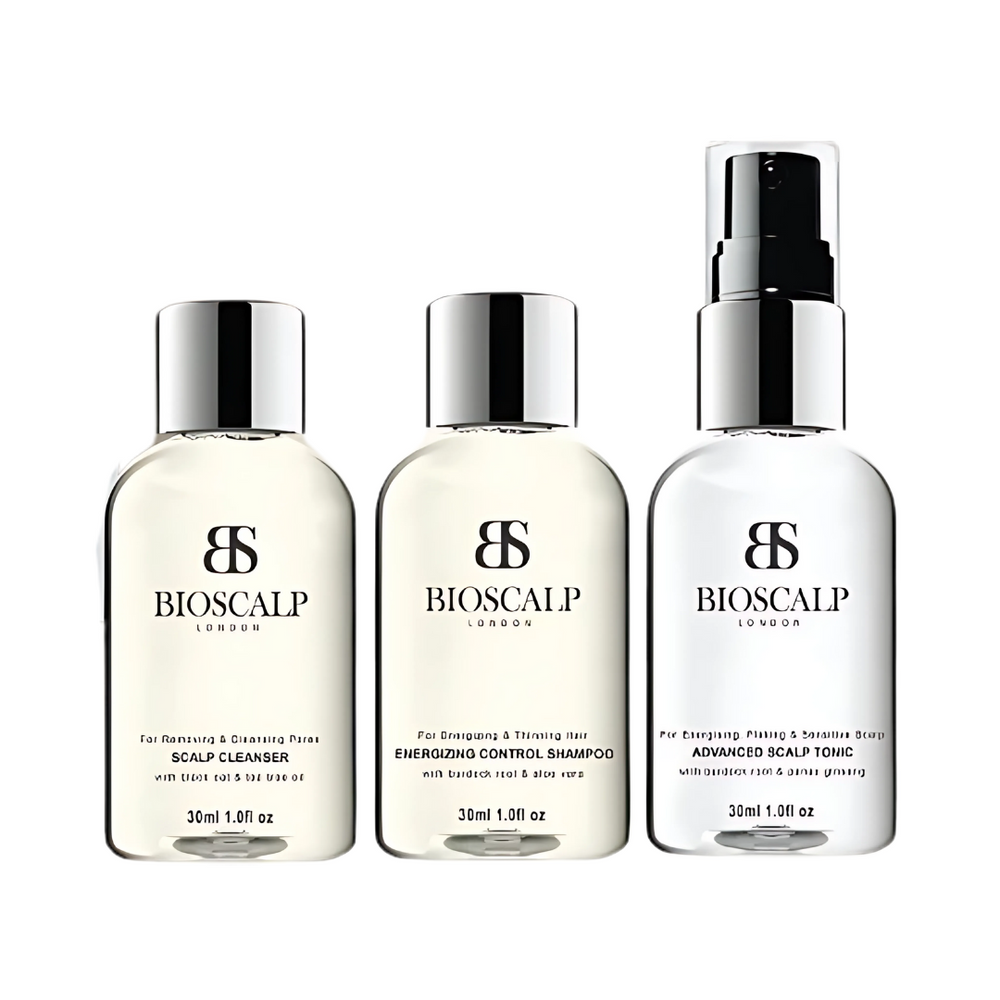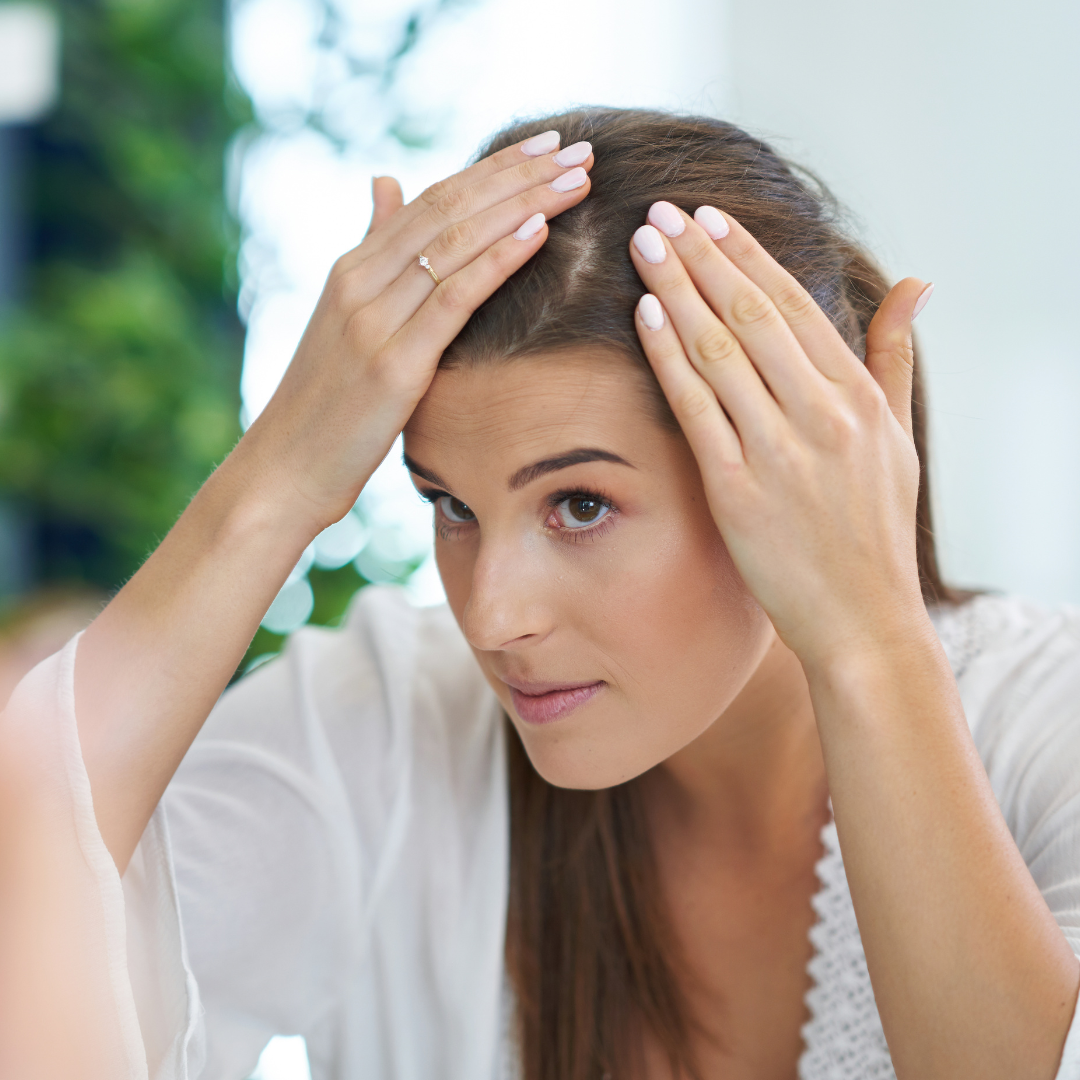When it comes to hair loss, the search for effective solutions often leads to minoxidil, a widely known and FDA-approved treatment. Whether you’re experiencing thinning hair or looking to regrow what’s been lost, the question on everyone’s mind is: "Does minoxidil really work?" With scientific backing, positive user experiences, and increasing popularity, minoxidil has become a go-to option for addressing hair loss. But how does it work, and is it the right solution for you? Let’s break it down into actionable insights that will help you understand the effectiveness of minoxidil and how it fits into your hair care journey.

Effectiveness of Minoxidil: What Does the Science Say?
Clinical Evidence Supporting Minoxidil
Minoxidil is one of the few FDA-approved treatments for androgenetic alopecia (commonly known as male or female pattern baldness). Numerous studies have confirmed its effectiveness in stimulating hair regrowth and reducing hair loss. For example, clinical trials revealed that over 84% of men using minoxidil reported visible hair regrowth, particularly with the 5% concentration, which is generally more effective than the 2% formula. Women have also reported significant benefits, especially in combating diffuse thinning across the scalp.
The results aren’t immediate, but consistent application over four to six months often leads to noticeable improvements, with optimal outcomes achieved after a year of regular use.
How Minoxidil Works
While the precise mechanism of minoxidil is still under investigation, here’s what is known:
- Improved Blood Flow: Minoxidil is a vasodilator, meaning it widens blood vessels and enhances blood flow to hair follicles. This increased circulation delivers more oxygen and nutrients essential for hair growth.
- Anagen Phase Stimulation: Minoxidil shortens the telogen (resting) phase and extends the anagen (active growth) phase of the hair cycle, allowing more hair follicles to remain in the growth stage.
- Potassium Channel Activation: Research suggests that minoxidil activates potassium channels, stimulating follicular activity and promoting cell proliferation in hair follicles.
These combined effects make minoxidil a popular choice for combating hair thinning.

Real-World User Experiences
What Users Say
Many individuals report positive results with consistent minoxidil use. For most users:
- Initial Shedding: It’s common to experience an initial increase in hair shedding during the first few weeks of treatment. This is a temporary phase as older hairs are shed to make way for new growth.
- Visible Results: Results typically start to show after four to six months, with the most significant changes occurring after a year. Users often notice thicker hair, improved density, and reduced thinning.
However, outcomes can vary based on factors like the severity of hair loss, genetics, and adherence to the treatment regimen.
Things to Consider Before Using Minoxidil
Potential Side Effects
While minoxidil is generally safe, some users may experience:
- Scalp Irritation: Redness, dryness, or itching at the application site.
- Unwanted Hair Growth: In rare cases, users may notice hair growth in unintended areas, such as the face or neck, especially with improper application.
- Allergic Reactions: Though uncommon, some individuals may experience an allergic response to the formulation.
Choosing a product that suits your scalp type and consulting a dermatologist can minimize these risks.
Long-Term Commitment
Minoxidil is not a one-time fix—it’s a long-term commitment. Once you stop using minoxidil, any regrown hair is likely to fall out within a few months. Consistency is key to maintaining results, making it essential for users to factor in the ongoing cost and time required for regular application.
Role of the Right Shampoo
Using the right shampoo can complement minoxidil treatment by maintaining a healthy scalp environment. Look for shampoos that are:
- Gentle: Free of sulfates and harsh chemicals that can irritate the scalp.
- Nutrient-Rich: Enriched with biotin, keratin, or caffeine to support hair strength and density.
- Hydrating: Ensures the scalp remains moisturized, reducing the risk of dryness or flaking, which could interfere with minoxidil application.
Incorporating a supportive shampoo into your routine can maximize the effectiveness of minoxidil and enhance overall hair health.
Limitations of Minoxidil
What Minoxidil Can’t Do
While minoxidil is highly effective for many, it is not a miracle cure:
- Does Not Work for Everyone: Some individuals may not see significant results, particularly those with advanced hair loss or scarring alopecia.
- Limited Restoration: Minoxidil is more effective at slowing hair loss and promoting regrowth in thinning areas rather than fully restoring a bald scalp.
Combining minoxidil with other treatments, such as finasteride or low-level laser therapy, can yield better results in certain cases.

Conclusion: Is Minoxidil Worth It?
When searching for ways to combat hair loss, minoxidil stands out as a scientifically backed and widely used treatment. It works by enhancing blood flow, prolonging the hair growth phase, and stimulating follicle activity. While results can take time, consistent use paired with complementary practices like using the right shampoo, maintaining a healthy diet, and consulting professionals can amplify its benefits.
Whether you’re dealing with thinning hair or just beginning to notice signs of hair loss, minoxidil offers a promising option to regain confidence and promote healthier hair. However, it’s important to approach treatment with realistic expectations and a commitment to long-term care.


